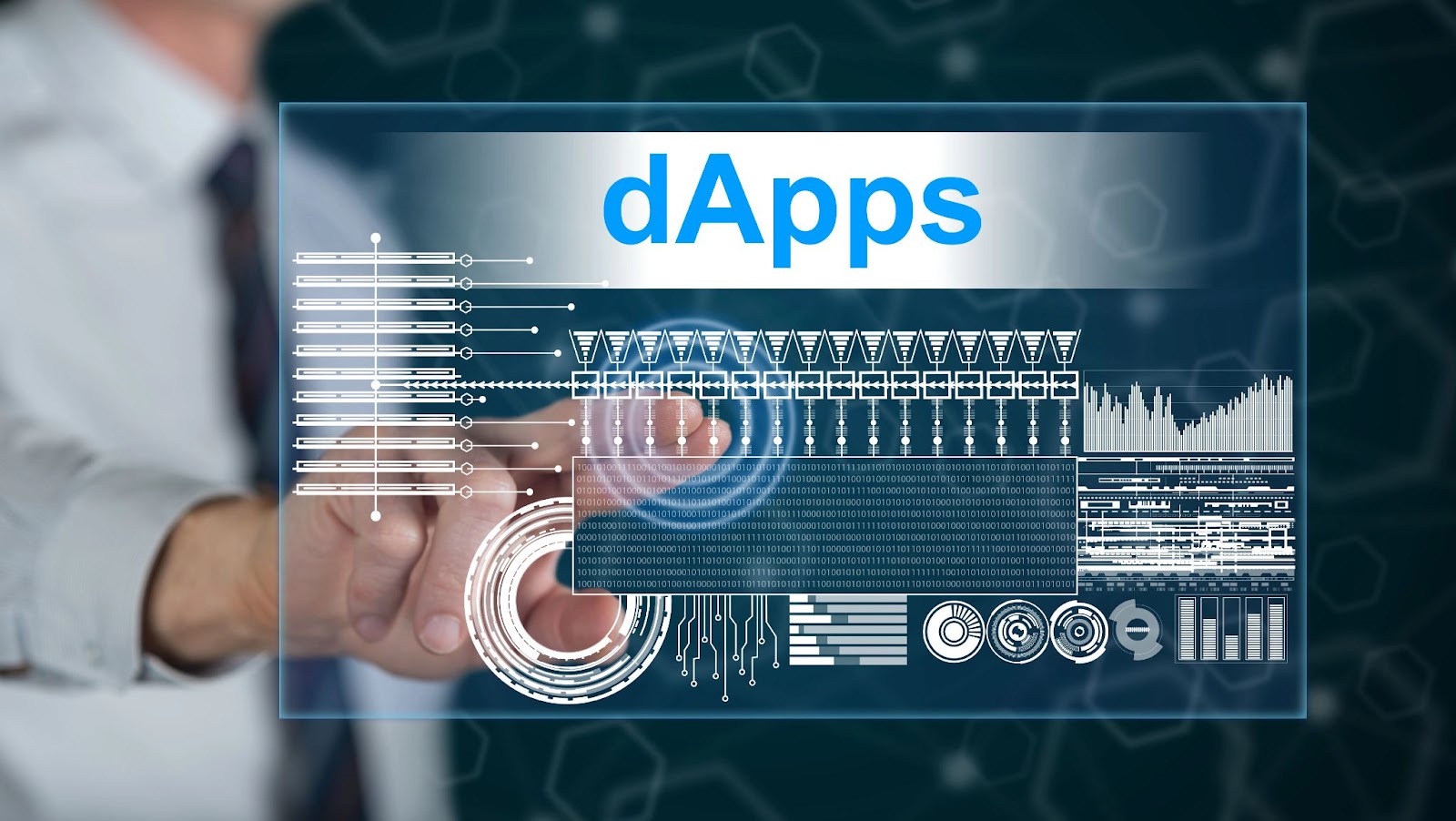Source: Depositphotos
Despite several new advancements permeating the blockchain market on a near daily basis, developers are still seeking new avenues through which they can conceptualize and deploy novel decentralized applications (dApps) seamlessly.
In this regard, virtual chains have emerged as a breakthrough solution, helping strip away many of the complexities associated with the creation of high quality blockchain infrastructures — thus allowing devs to focus purely on application logic while inheriting the security guarantees of established Layer 1s (L1).
Also, unlike traditional appchains that operate as entirely separate blockchains with their own consensus mechanisms, virtual chains function as complex smart contracts deployed on an existing L1. Such an approach provides several inherent advantages. For instance, it allows these chains to benefit from existing validator sets while also allowing them to access a myriad of tools and services (built for the main chain).
Another aspect that sets virtual chains apart from other scaling solutions is their resource utilization efficiency. While traditional appchain approaches require projects to bootstrap their own validator networks — a process that is not only expensive but also creates potential security vulnerabilities during the early stages of deployment — virtual chains are secured by the same validator set as their parent chain from day one.
This means that projects can launch with security guarantees without the prohibitive costs of maintaining a completely separate infrastructure.
Pioneering the virtual chain revolution
In spite of their tremendous potential, virtual chains have remained an emerging technology with only a few projects actively delving into the intricacies of this space. One project at the bleeding edge of this arena is ‘Aurora.’
Built atop the NEAR Protocol, Aurora offers virtual chains that are EVM compatible blockchains unto themselves inheriting the full security, scalability, and infrastructure of their underlying L1.
However, what truly makes Aurora particularly interesting is its production-ready status. Its implementation enables seamless deployment of existing Ethereum applications without requiring developers to rewrite their code. Developers simply need to change the RPC endpoint they interact with, and their applications can immediately benefit from the higher throughput and lower fees offered by the underlying L1.
This compatibility extends to a number of major Ethereum-centric tools including MetaMask, Foundry, Truffle, Hardhat, and Remix, ensuring that developers can continue using development environments that are familiar to them.
Aurora’s workflow explained
From a technical standpoint, the Aurora ecosystem consists of two core components — namely the Aurora Engine, a high-performance EVM implementation, and the Rainbow Bridge, which enables seamless asset transfers between Ethereum, NEAR, and Aurora blockchains.
This interoperability is further enhanced through integration with the LayerZero protocol, allowing communication with over 40+ additional EVM networks.
An in-depth look at Aurora’s virtual chain system
From the outside looking in, one of Aurora’s most powerful aspects seems to be its support for deploying multiple EVM instances on NEAR, collectively forming Aurora Cloud, a network of interconnected blockchains that communicate through XCC (cross-contract calls) at the base layer.
Introducing the new Aurora Cloud Console, the easiest way to build your own, custom, blockchain.At no costs.🖇️🧵 pic.twitter.com/1n4X22g5Rs
— Aurora (@auroraisnear) January 16, 2025
This capability allows applications deployed on Aurora to interact directly with contracts on the parent chain and vice versa, creating interoperability at the protocol level itself. By using the XCC library, developers can build applications that span both EVM and non-EVM environments, opening up new possibilities for more complex decentralized systems.
If that wasn’t enough, each individual Aurora Chain can have its own ACLs (access control lists) to manage which Externally Owned Accounts (EOAs) are allowed to transact, deploy contracts, or perform cross-contract calls within the instance. This makes them suitable for enterprise applications requiring controlled access to specific blockchain functionality.
Also, rather than requiring developers to integrate separate solutions for oracles, indexers, bridges, and other essential infrastructure, Aurora provides these as part of its core offering — all while constantly engaging with top-tier blockchain security firms to audit its digital framework.
Lastly, it bears mentioning that when a user interacts with a dApp deployed on an Aurora Chain, they pay gas fees in ETH while the relayer handling their transaction pays for the execution on the parent chain. This abstraction shields users from needing to hold multiple tokens to interact with applications, significantly reducing friction in the onboarding process.
Perhaps most impressive are Aurora’s technical performance metrics which include block times of approximately 1-second, support from over 220 validators and transaction costs averaging just $0.003.
Carving a developer-centric future
When conjuring up the future of blockchain development, it is clear as daylight that virtual chains offer more than just a scaling solution; giving way to a more modular, efficient model where infrastructure becomes an API rather than a burden.
In fact, their evolution seems to be mirroring similar shifts that have been seen in traditional software development, where infrastructure-as-a-service (IaaS) and platform-as-a-service (PaaS) offerings have enabled developers to focus on creating value through software rather than managing servers. Virtual chains bring this same unique proposition to blockchain development, allowing teams to direct their resources toward solving real-world problems rather than reinventing the infrastructural wheel.
Therefore, as adoption grows, it is not unreasonable to see virtual chains becoming the preferred deployment model for many types of dApps, particularly those that benefit from Ethereum compatibility but require better performance and lower fees.
Disclaimer: This article is provided for informational purposes only. It is not offered or intended to be used as legal, tax, investment, financial, or other advice.

